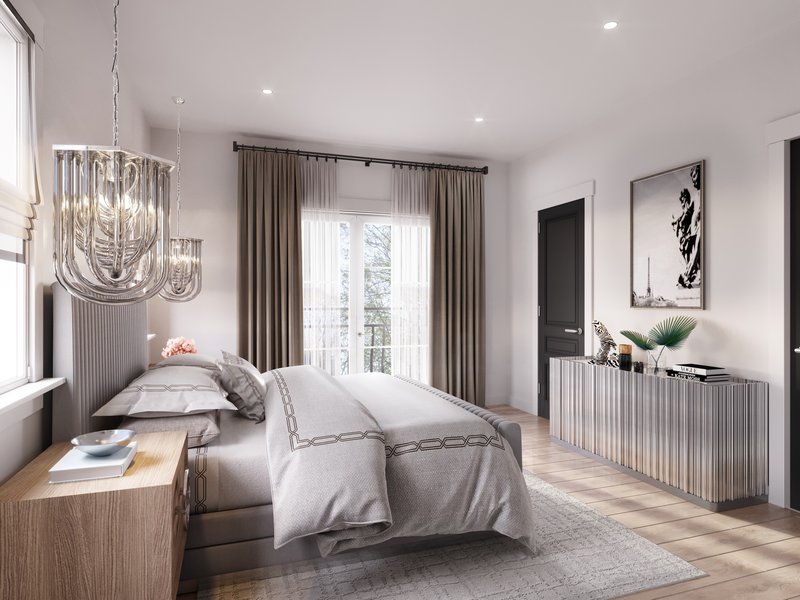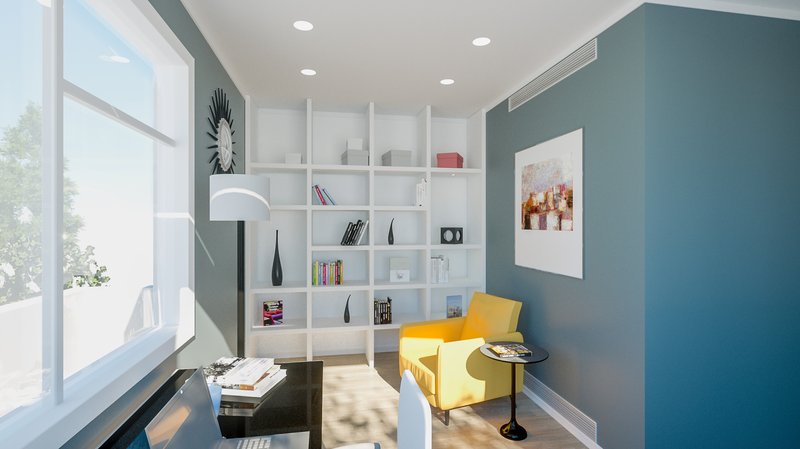Unleashing Creativity: How 3D Rendering Expands Design Possibilities in Interior Spaces
In the world of interior design, the ability to visualize and bring ideas to life is paramount. This is where interior 3D rendering plays a transformative role, expanding the design possibilities and pushing the boundaries of creativity. Gone are the days of relying solely on sketches and two-dimensional drawings to convey design concepts. With 3D rendering technology, designers now have a powerful tool at their disposal to create immersive and realistic visualizations of interior spaces.
Importance of 3D rendering in expanding design possibilities
3D rendering has become an essential tool for interior designers, enabling them to unlock new realms of creativity. By harnessing the power of computer-generated imagery, designers can transcend the limitations of traditional design methods and explore ideas that were once confined to the realm of imagination. The ability to render lifelike 3D models allows designers to visualize the interplay of light and shadow, experiment with different materials and finishes, and manipulate spatial elements in previously unimaginable ways.
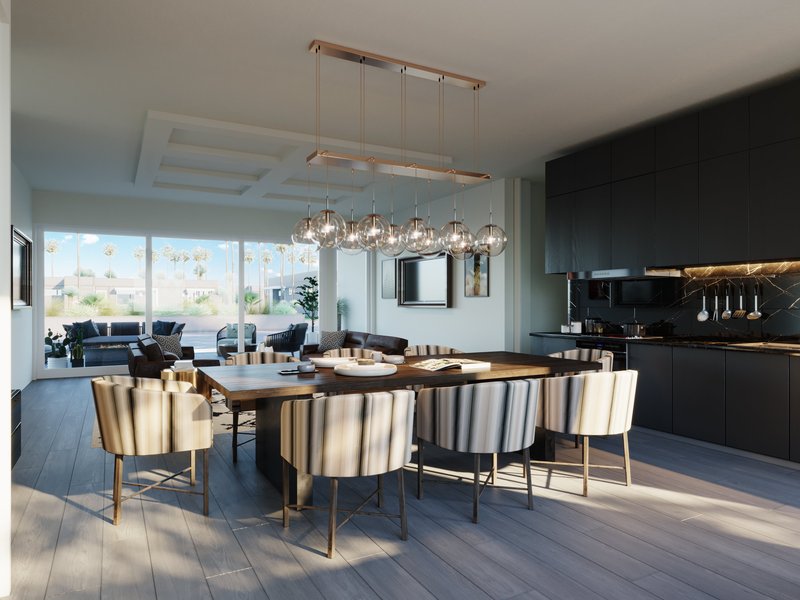
Overview of how 3D rendering enhances creativity in interior design
3D rendering enhances creativity in interior design by providing a visual playground for designers to experiment and innovate. With the ability to create virtual representations of spaces, designers can explore a multitude of design possibilities without the constraints of physical limitations. They can test various colour schemes, experiment with different furniture arrangements, and try out alternative materials and textures. This freedom to explore and iterate allows designers to push the boundaries of conventional design, encouraging fresh perspectives and the emergence of truly unique and innovative interior spaces.
3D rendering facilitates effective communication between designers, clients, and stakeholders. It bridges the gap between imagination and reality, enabling all parties involved to have a clear and comprehensive understanding of the proposed design. This fosters collaboration, encourages feedback, and ultimately leads to designs that are not only visually stunning but also aligned with the client's vision and goals.
In the following sections, we will delve deeper into how 3D rendering empowers designers to unleash their creativity and revolutionize the world of interior design. From virtual experimentation to rapid iterations, 3D rendering opens up a whole new realm of possibilities, igniting the imagination and transforming interior spaces into awe-inspiring works of art.
Virtual Experimentation with Materials, Colors, and Styles
How 3D rendering allows designers to virtually explore a wide range of materials, colours, and styles
One of the most exciting aspects of 3D rendering in interior design is the ability to experiment with a vast array of materials, colours, and styles virtually. Designers can create digital representations of different materials, such as wood, marble, or metal, and apply them to various surfaces within the virtual space. This allows for a comprehensive exploration of different textures, finishes, and patterns, giving designers the freedom to mix and match materials to achieve the desired aesthetic. 3D rendering software offers an extensive library of colours, enabling designers to visualize how different colour palettes and combinations can transform the ambiance and mood of the space.
Benefits of experimenting with different combinations and visualizing the impact before implementation
The beauty of 3D rendering lies in its ability to eliminate guesswork and provide a realistic preview of the design outcome. Designers can experiment with different combinations of materials, colours, and styles, instantly visualizing the impact and making informed decisions. This iterative process allows for a more efficient design workflow, as designers can quickly assess and refine their choices with no costly and time-consuming physical mock-ups. By virtually exploring various options, designers can ensure cohesiveness and harmony in the design, achieving the desired look and feel before moving forward with the implementation.
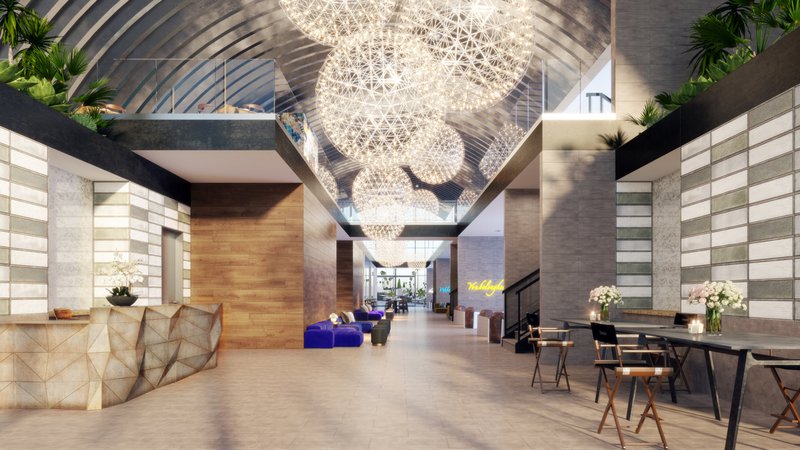
Pushing Boundaries and Exploring Unconventional Ideas
How 3D rendering empowers designers to think outside the box and break traditional design norms
3D rendering serves as a powerful tool for interior designers to push boundaries and explore unconventional ideas. By breaking free from the limitations of physical constraints, designers can unleash their creativity and challenge traditional design norms. The virtual environment allows for the seamless integration of unconventional elements, enabling designers to experiment with bold shapes, avant-garde furniture arrangements, and innovative spatial configurations. With 3D rendering, designers have the freedom to be daring and create interior spaces that are truly unique and captivating.
How designers have used 3D rendering to create innovative and unique interior spaces
Throughout the design world, there are inspiring examples of how designers have leveraged 3D rendering to bring their innovative ideas to life. The possibilities are endless, from futuristic and abstract concepts to organic and nature-inspired designs. Designers have embraced the flexibility of 3D rendering to envision unconventional layouts, imaginative lighting schemes, and unconventional material combinations. For example, a designer might reimagine a conventional office space by incorporating playful and interactive elements that stimulate creativity and collaboration. Another designer may explore the fusion of industrial and rustic styles to create a captivating retail environment that breaks away from traditional aesthetics. These examples illustrate how 3D rendering empowers designers to explore uncharted territories and create interior spaces that captivate and inspire.
The ability to visualize and evaluate unconventional ideas in a virtual environment
One of the significant advantages of 3D rendering is the ability to visualize and evaluate unconventional ideas in a virtual environment. Designers can experiment with unconventional concepts, such as unconventional room layouts or experimental colour palettes, and instantly assess their impact. This eliminates the risk and uncertainty associated with implementing unconventional ideas without knowing the result. Designers can manipulate the virtual space, evaluate the proportions, and test different scenarios to ensure that the design aligns with the intended vision. By exploring unconventional ideas in a virtual environment, designers can make informed decisions, refine their concepts, and confidently bring innovative designs to life.
With 3D rendering, designers can push the boundaries of traditional design, break free from conventions, and confidently explore unconventional ideas. The virtual realm provides an opportunity to experiment with bold and innovative concepts that may not be workable or practical in the physical world. By visualizing and evaluating these ideas in a virtual environment, designers can refine their concepts and create interior spaces that challenge the norm, inspire imagination, and captivate the senses. 3D rendering truly empowers designers to be creative and embark on a journey of creativity and innovation in interior design.
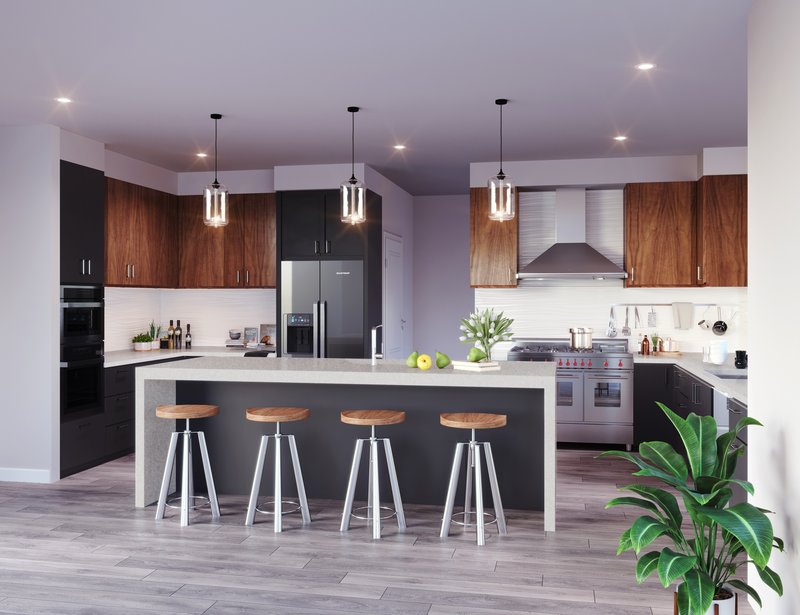
Rapid Iterations and Design Options
How 3D rendering streamlines the design process by allowing quick and efficient iterations
In the world of interior design, time is of the essence, and the ability to iterate quickly is crucial to the success of a project. This is where 3D rendering proves to be an invaluable tool. By creating virtual representations of interior spaces, designers can easily and rapidly iterate their designs, making adjustments and refinements with ease. Instead of starting from scratch or relying on physical prototypes, designers can tweak elements such as furniture arrangements, lighting fixtures, or colour schemes in the virtual realm. This streamlines the design process, saves time, and allows designers to explore distinct possibilities and variations more efficiently.
Benefits of easily adjusting and fine-tuning design elements in the virtual realm
3D rendering enables designers to have precise control over every aspect of the design, allowing them to adjust and fine-tune elements to perfection. Whether it's changing the scale of furniture, experimenting with different material finishes, or refining the placement of objects within the space, designers can make these changes effortlessly in the virtual environment. The ability to see immediate visual feedback and make real-time adjustments ensures that the final design is aligned with the designer's vision and meets the client's expectations. This level of flexibility and precision significantly enhances the overall quality of the design and brings it closer to perfection.
The ability to present multiple design options to clients and stakeholders for better decision-making
One of the key advantages of 3D rendering is the ability to present multiple design options to clients and stakeholders. Designers can create alternative versions of the interior space, each reflecting a novel concept, style, or layout. These variations can be easily visualized and communicated through photorealistic 3D renderings. By showcasing different design options, clients and stakeholders understand the possibilities and can make more informed decisions. This collaborative approach fosters better communication and ensures that the final design meets the needs and preferences of all parties involved. The ability to present and evaluate multiple design options expedites the decision-making process, leading to greater client satisfaction and a more successful project outcome.
With the aid of 3D rendering, designers can streamline the design process by facilitating rapid iterations and adjustments. The virtual realm allows for quick modifications and refinements, saving time and resources. Designers can fine-tune every detail of the interior space, ensuring precision and perfection in the final design. The ability to present multiple design options to clients and stakeholders promotes effective decision-making and fosters collaboration. 3D rendering empowers designers to explore a multitude of design possibilities, resulting in innovative, visually stunning, and client-centric interior spaces.
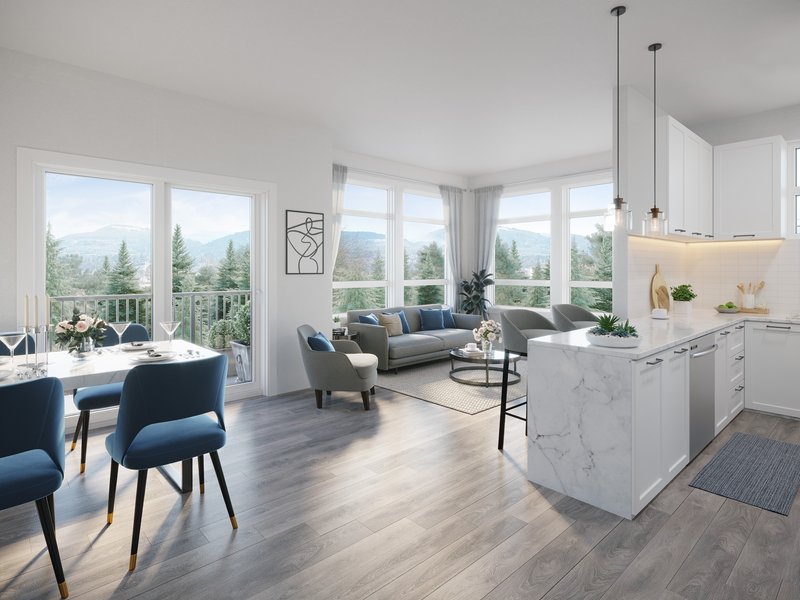
Fostering Innovation through Collaboration and Feedback
Highlighting the collaborative nature of 3D rendering in interior design projects
In the realm of interior design, collaboration is a fundamental aspect of creating remarkable spaces. 3D rendering serves as a powerful tool that enhances the collaborative process between designers, clients, and other stakeholders. By utilizing 3D rendering software, designers can create realistic visualizations of their ideas and share them with clients for feedback and input. This collaborative approach allows all parties to actively participate in the design process, contributing their insights, preferences, and suggestions. The seamless exchange of ideas fosters a dynamic and creative environment where innovation can thrive.
Exploring the role of client feedback in refining designs and encouraging innovation
Client feedback plays a pivotal role in refining and improving interior design concepts. 3D rendering enables designers to present their ideas visually, engaging and immersively, making it easier for clients to provide valuable feedback. Clients can explore the virtual spaces, assess the proposed design elements, and express their opinions on various aspects such as colour schemes, furniture choices, and overall ambiance. This iterative feedback loop empowers designers to refine their designs based on the client's preferences and expectations, driving innovation. 3D rendering encourages a collaborative approach that leads to innovative and tailored design solutions by actively involving clients in the decision-making and design refinement stages.
Conclusion
3D rendering has revolutionized the world of interior design by unlocking new avenues for creativity and innovation. By allowing designers to virtually experiment with materials, colours, and styles, 3D rendering expands the range of design possibilities. It empowers designers to push boundaries, explore unconventional ideas, and be innovative. The ability to visualize and evaluate designs in a virtual environment facilitates the exploration of unique concepts that can transform interior spaces into remarkable works of art. 3D rendering streamlines the design process by enabling rapid iterations and adjustments and presenting multiple design options for better decision-making.
The future potential of 3D rendering in interior design is truly exciting. As technology continues to advance, we can expect even more sophisticated rendering tools and capabilities that will further expand creative boundaries. With advancements such as real-time rendering and virtual reality experiences, designers will have even more immersive and interactive ways to present their ideas and collaborate with clients. The collaborative nature of 3D rendering will continue to foster innovation as designers, clients, and stakeholders come together to create truly unique spaces reflective of individual visions.
As we embrace the power of 3D rendering in interior design, we witness the transformation of ideas into tangible realities. The combination of technology and design expertise opens up endless possibilities for creating extraordinary interior spaces. By leveraging the benefits of virtual experimentation, pushing creative boundaries, and fostering collaboration and feedback, designers can craft immersive environments that resonate with their clients' desires and aspirations. 3D rendering has become an indispensable tool in the arsenal of interior designers, enabling them to unleash their creativity and turn their wildest design dreams into stunning realities.
In the ever-evolving interior design landscape, 3D rendering stands at the forefront, revolutionizing how we envision, create, and experience spaces. With its ability to expand design possibilities and ignite innovation, 3D rendering is paving the way for a future where the only limit is the designer's imagination. So let us embrace this transformative technology and unleash our creativity to shape interior spaces that captivate, inspire, and leave a lasting impression.
Our Services
View some of our most popular services below.

